Project Description
Principal Investigator: Josep Maria Font Llagunes
Funding organization: BBVA Foundation, Leonardo Grant
Duration: 07/2018 – 12/2019
Budget: 35 000 EUR
Project website: https://www.redleonardo.es/beneficiario/josep-maria-font-llagunes/
Collaboration with Institut Guttmann Neurorehabilitation Hospital. This project was recipient of a Leonardo Grant 2018 by the BBVA Foundation
Abstract
The disability to walk after spinal cord injury leads to a decrease in the quality of life and the appearance of secondary complications due to sedentary lifestyle (for example, osteoporosis, diabetes or heart disease). Gait rehabilitation is a subject of high priority for these people, although there is still lack of patient-specific neurorehabilitation treatments that use robotic technology to promote their functional recovery. In addition, the robotic exoskeletons on the market are expensive, complex and not personalized to the patient. In this context, the candidate has worked in recent years in the development of an affordable and lightweight robotic exoskeleton for patients with spinal cord injury. The objective of this project is to develop a predictive simulation method that allows to customize the design of the robotic exoskeleton to each specific patient. This subject-specific design is crucial because there are no two patients with the same injury outcomes, and the use of this type of predictive software tools is the solution to adapt the design and control of the exoskeleton to the patient’s specific needs. The use of this simulation method will allow in the short term 1) to test virtually different control strategies and 2) to select the optimal control parameters for a specific subject; and in the mid term 3) to decide which patients have the potential to improve their walking pattern by using the designed assistive device.

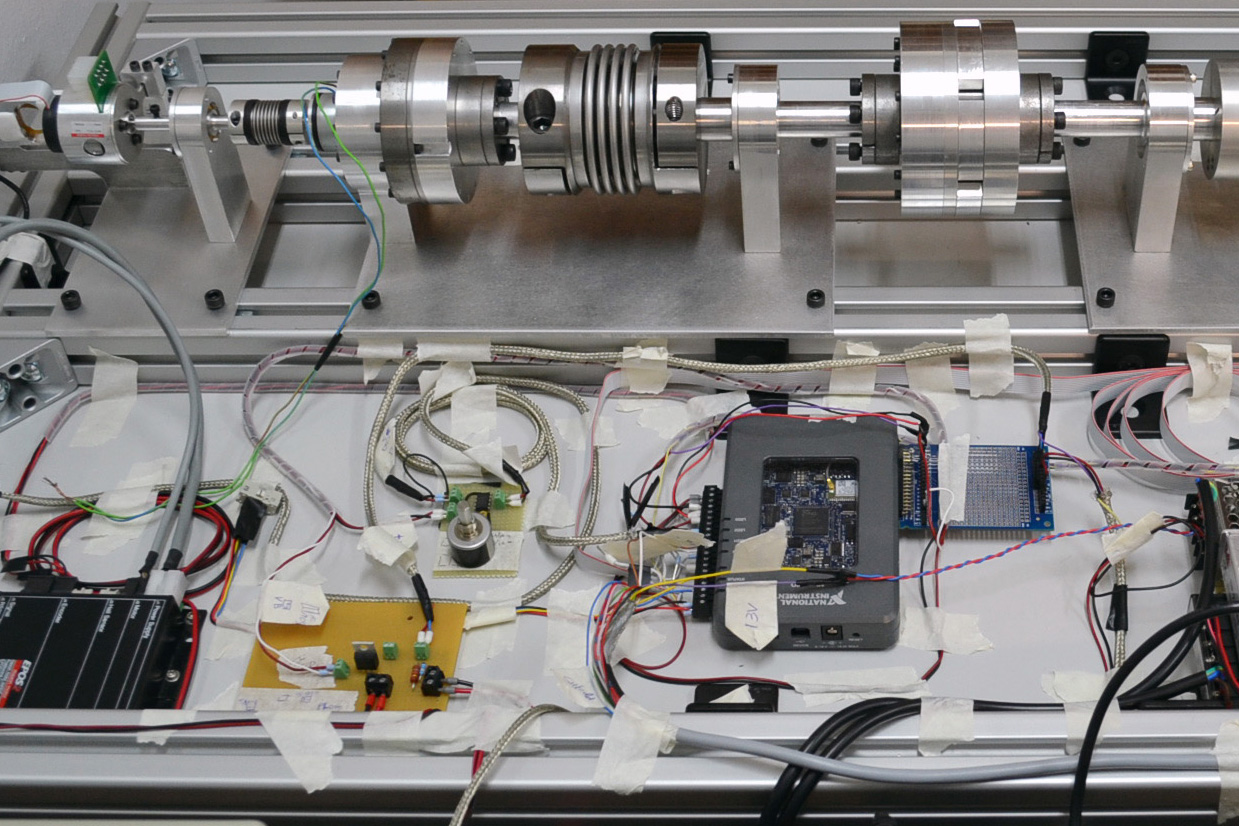
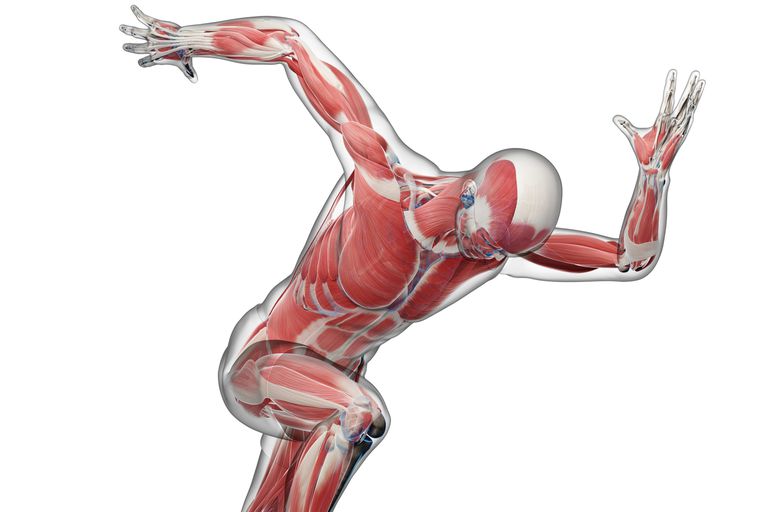

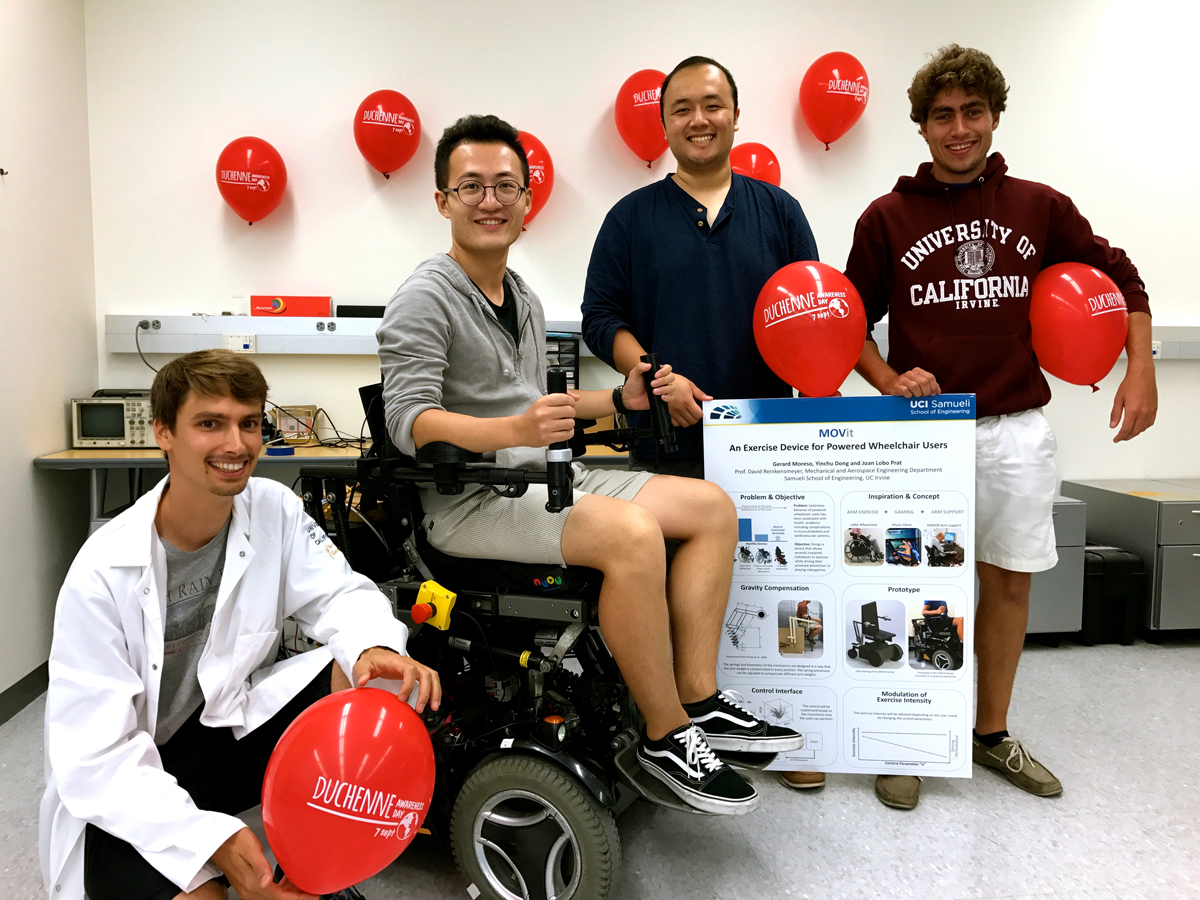
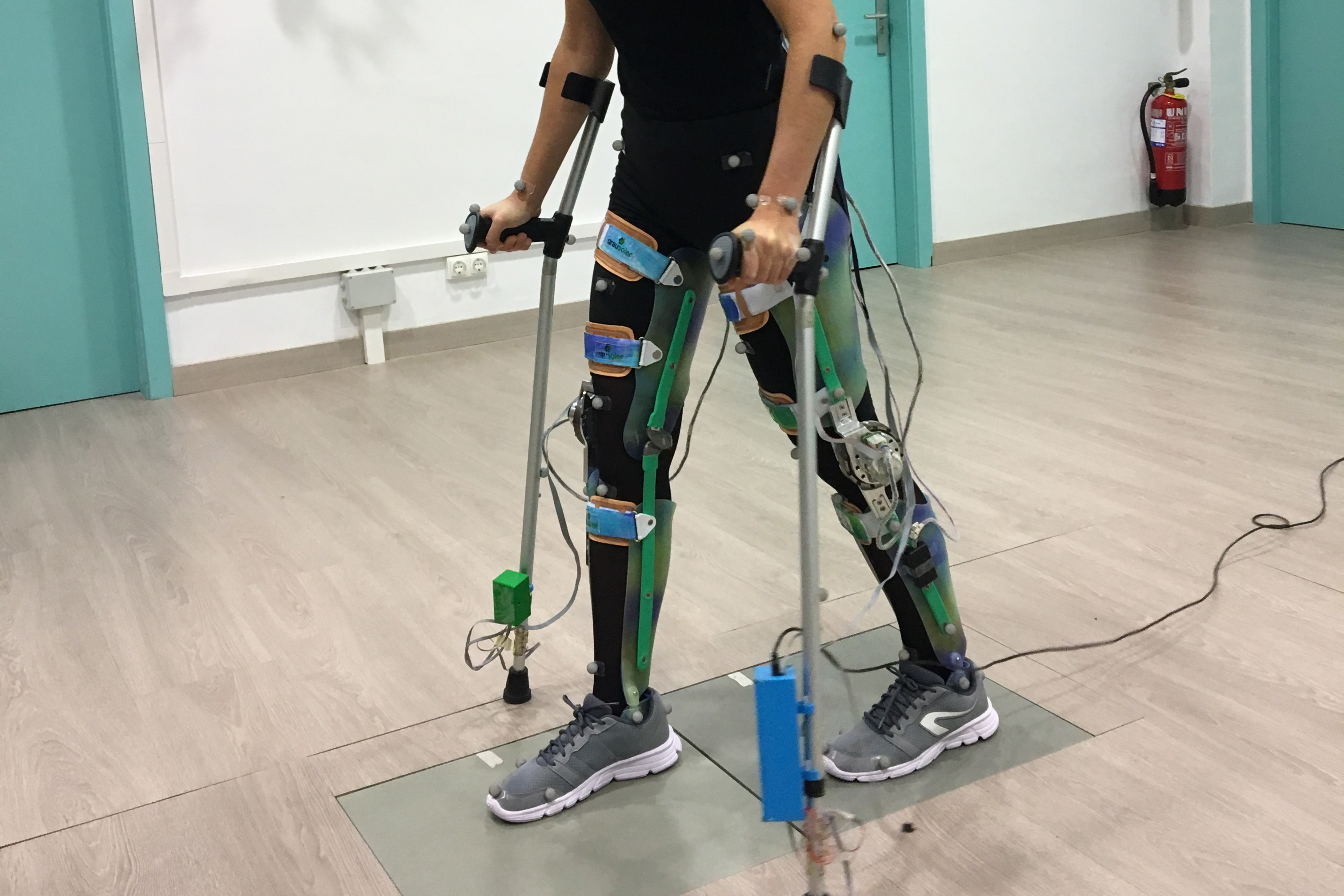
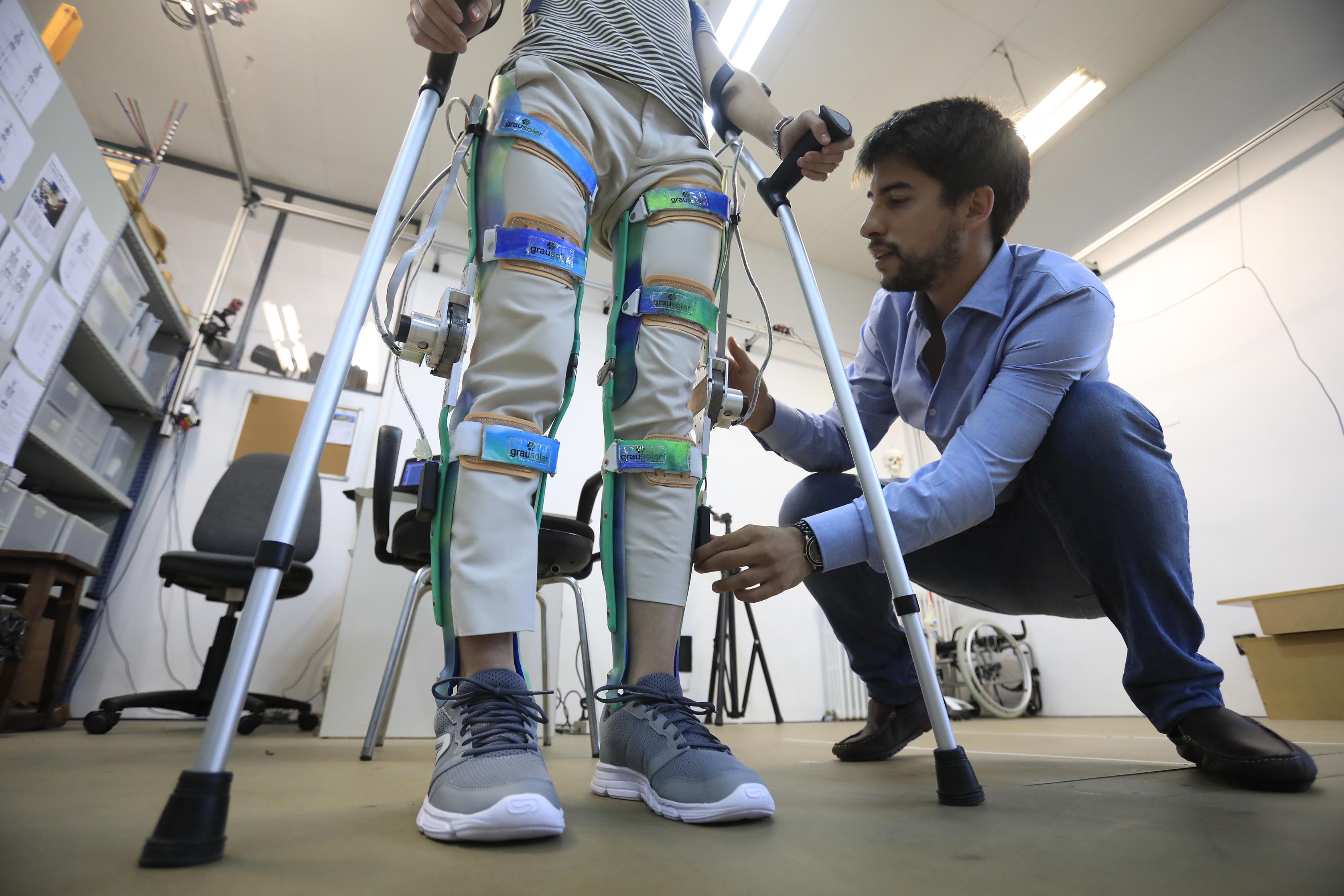
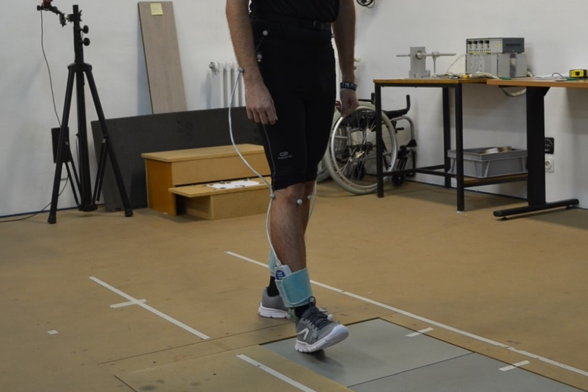
Leave A Comment